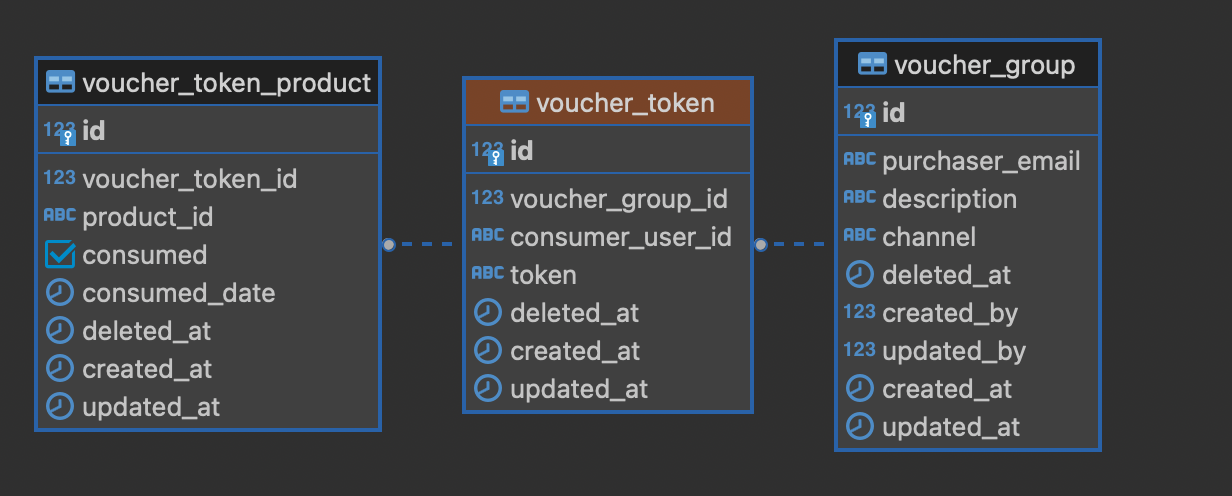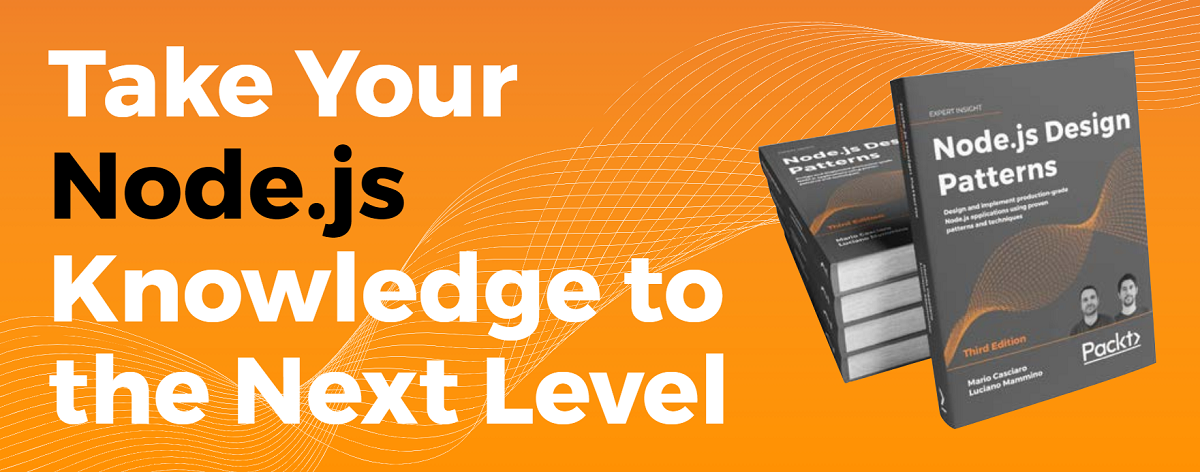A tensor is the fundamental building block of all DL toolkits. The name sounds rather mystical, but the underlying idea is that a tensor is a multi-dimensional array. Building analogy with school math, one single number is like a point, which is zero-dimensional, while a vector is one-dimensional like a line segment, and a matrix is a two-dimensional object. Three-dimensional number collections can be represented by a parallelepiped of numbers, but they don't have a separate name in the same way as a matrix. We can keep this term for collections of higher dimensions, which are named multi-dimensional arrays.
Another thing to note about tensors used in DL is that they are only partially related to tensors used in tensor calculus or tensor algebra. In DL, tensor is any multi-dimensional array, but in mathematics, tensor is a mapping between vector spaces, which might be represented as a multi-dimensional array in some cases but has much more semantical payload behind it. Mathematicians usually frown at everybody who uses well-established mathematical terms to name different things, so, be warned.
Figure 1: Going from a single number to an n-dimension tensor
This article is an excerpt from the book Deep Reinforcement Learning Hands-On - Second Edition by Maxim Lapan. This book is an updated and expanded version of the bestselling guide to the very latest RL tools and techniques. In this article, we’ll discuss the fundamental building block of all DL toolkits, tensor.
Creation of tensors
If you're familiar with the NumPy library, then you already know that its central purpose is the handling of multi-dimensional arrays in a generic way. In NumPy, such arrays aren't called tensors, but they are in fact tensors. Tensors are used very widely in scientific computations as generic storage for data. For example, a color image could be encoded as a 3D tensor with dimensions of width, height, and color plane.
Apart from dimensions, a tensor is characterized by the type of its elements. There are eight types supported by PyTorch: three float types (16-bit, 32-bit, and 64-bit) and five integer types (8-bit signed, 8-bit unsigned, 16-bit, 32-bit, and 64-bit). Tensors of different types are represented by different classes, with the most commonly used being torch.FloatTensor (corresponding to a 32-bit float), torch.ByteTensor (an 8-bit unsigned integer), and torch.LongTensor (a 64-bit signed integer). The rest can be found in the PyTorch documentation.
There are three ways to create a tensor in PyTorch:
By calling a constructor of the required type.
By converting a NumPy array or a Python list into a tensor. In this case, the type will be taken from the array's type.
By asking PyTorch to create a tensor with specific data for you. For example, you can use the torch.zeros() function to create a tensor filled with zero values.
To give you examples of these methods, let's look at a simple session:
>>> import torch
>>> import numpy as np
>>> a = torch.FloatTensor(3, 2)
>>> a
tensor([[4.1521e+09, 4.5796e-41],
[ 1.9949e-20, 3.0774e-41],
[ 4.4842e-44, 0.0000e+00]])
Here, we imported both PyTorch and NumPy and created an uninitialized tensor of size 3×2. By default, PyTorch allocates memory for the tensor, but doesn't initialize it with anything. To clear the tensor's content, we need to use its operation:
>> a.zero_()
tensor([[ 0., 0.],
[ 0., 0.],
[ 0., 0.]])
There are two types of operation for tensors: inplace and functional. Inplace operations have an underscore appended to their name and operate on the tensor's content. After this, the object itself is returned. The functional equivalent creates a copy of the tensor with the performed modification, leaving the original tensor untouched. Inplace operations are usually more efficient from a performance and memory point of view.
Another way to create a tensor by its constructor is to provide a Python iterable (for example, a list or tuple), which will be used as the contents of the newly created tensor:
>>> torch.FloatTensor([[1,2,3],[3,2,1]])
tensor([[ 1., 2., 3.],
[ 3., 2., 1.]])
Here we are creating the same tensor with zeroes using NumPy:
>>> n = np.zeros(shape=(3, 2))
>>> n
array([[ 0., 0.],
[ 0., 0.],
[ 0., 0.]])
>>> b = torch.tensor(n)
>>> b
tensor([[ 0., 0.],
[ 0., 0.],
[ 0., 0.]], dtype=torch.float64)
The torch.tensor method accepts the NumPy array as an argument and creates a tensor of appropriate shape from it. In the preceding example, we created a NumPy array initialized by zeros, which created a double (64-bit float) array by default. So, the resulting tensor has the DoubleTensor type (which is shown in the preceding example with the dtype value). Usually, in DL, double precision is not required and it adds an extra memory and performance overhead. The common practice is to use the 32-bit float type, or even the 16-bit float type, which is more than enough. To create such a tensor, you need to specify explicitly the type of NumPy array:
>>> n = np.zeros(shape=(3, 2), dtype=np.float32)
>>> torch.tensor(n)
tensor([[ 0., 0.],
[ 0., 0.],
[ 0., 0.]])
As an option, the type of the desired tensor could be provided to the torch.tensor function in the dtype argument. However, be careful, since this argument expects to get a PyTorch type specification, not the NumPy one. PyTorch types are kept in the torch package, for example, torch.float32 and torch.uint8.
>>> n = np.zeros(shape=(3,2))
>>> torch.tensor(n, dtype=torch.float32)
tensor([[ 0., 0.],
[ 0., 0.],
[ 0., 0.]])
In this article, we saw a quick overview of tensor, the fundamental building block of all DL toolkits. We talked about tensor and how to create it in the PyTorch library. Discover ways to increase efficiency of RL methods both from theoretical and engineering perspective with the book Deep Reinforcement Learning Hands-on, Second Edition by Maxim Lapan.
About the Author
Maxim Lapan is a deep learning enthusiast and independent researcher. He has spent 15 years working as a software developer and systems architect. His projects have ranged from low-level Linux kernel driver development to performance optimization and the design of distributed applications working on thousands of servers.
With his areas of expertise including big data, machine learning, and large parallel distributed HPC and non-HPC systems, Maxim is able to explain complicated concepts using simple words and vivid examples. His current areas of interest are practical applications of deep learning, such as deep natural language processing and deep reinforcement learning. Maxim lives in Moscow, Russian Federation, with his family.
Read more
 United States
United States
 Great Britain
Great Britain
 India
India
 Germany
Germany
 France
France
 Canada
Canada
 Russia
Russia
 Spain
Spain
 Brazil
Brazil
 Australia
Australia
 South Africa
South Africa
 Thailand
Thailand
 Ukraine
Ukraine
 Switzerland
Switzerland
 Slovakia
Slovakia
 Luxembourg
Luxembourg
 Hungary
Hungary
 Romania
Romania
 Denmark
Denmark
 Ireland
Ireland
 Estonia
Estonia
 Belgium
Belgium
 Italy
Italy
 Finland
Finland
 Cyprus
Cyprus
 Lithuania
Lithuania
 Latvia
Latvia
 Malta
Malta
 Netherlands
Netherlands
 Portugal
Portugal
 Slovenia
Slovenia
 Sweden
Sweden
 Argentina
Argentina
 Colombia
Colombia
 Ecuador
Ecuador
 Indonesia
Indonesia
 Mexico
Mexico
 New Zealand
New Zealand
 Norway
Norway
 South Korea
South Korea
 Taiwan
Taiwan
 Turkey
Turkey
 Czechia
Czechia
 Austria
Austria
 Greece
Greece
 Isle of Man
Isle of Man
 Bulgaria
Bulgaria
 Japan
Japan
 Philippines
Philippines
 Poland
Poland
 Singapore
Singapore
 Egypt
Egypt
 Chile
Chile
 Malaysia
Malaysia














